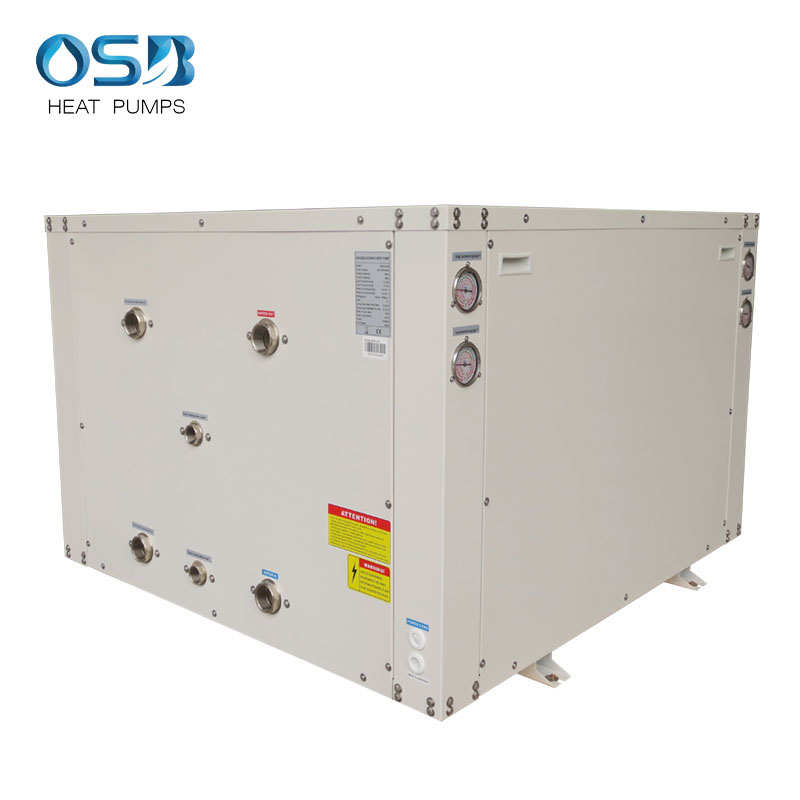A ground source heat pump, also known as a geothermal heat pump, is a heating and cooling system that directs heat from one area to the other, with one of the areas being the ground. Typically, ground source heat pumps can move the heat from or into the upper crust of the earth’s surface. This is estimated to the top ten feet of the earth’s crust. This area of the earth is at a particular temperature, which can be used for either heating or cooling requirements. A ground source heat pump will draw heat from the ground to make the space hot in winters and will remove heat from the space to make it cool in summers. A ground heat pump system is quite similar to a water source heat pump, which uses a water body for exchanging heat.

The main working principle of the ground source heat pump is the same as that of other heat pump systems; the only difference is in the nature of the source, which is the ground. The pump has a refrigerant inside it which moves through a loop. This refrigerant carries the heat from the required area to cause either heating or cooling. The movement of the refrigerant is continuous so that once the heat exchange has taken place, it will continue again right after that. The continuous movement of the refrigerant helps keep the space cooled or heated at the required amount of temperature. This principle of the mechanics of a heat pump is referred to as a direct exchange method.
Most of the production units of OSB heat pump company were water source heat pumps, while ground source heat pumps were relatively few. But recently we have received more and more inquiries about the demand of the ground source heat pump, and successfully received an order for the Inverter ground source heat pump. This prompts us to explore the demand market of ground source heat pump, and confirms that the Inverter ground source heat pump will have a good market prospect.
Some of the articles are taken from the Internet. If there is any infringement, please contact us to delete it.

